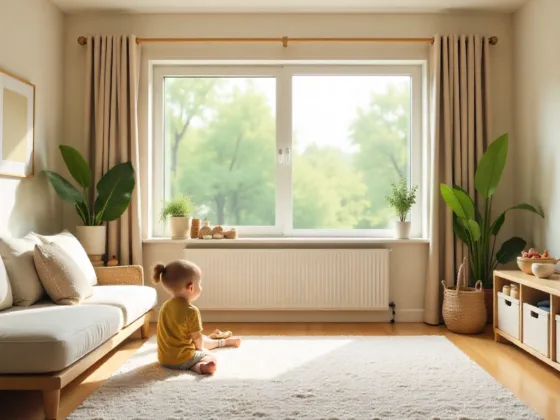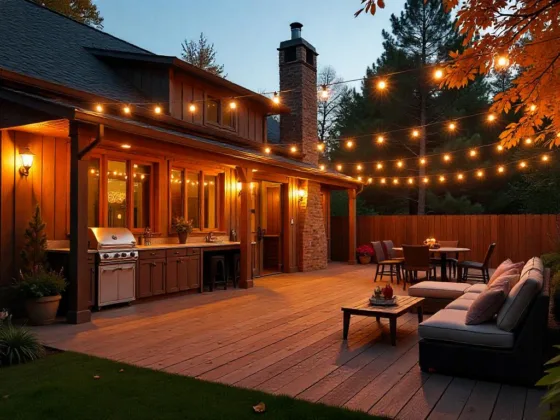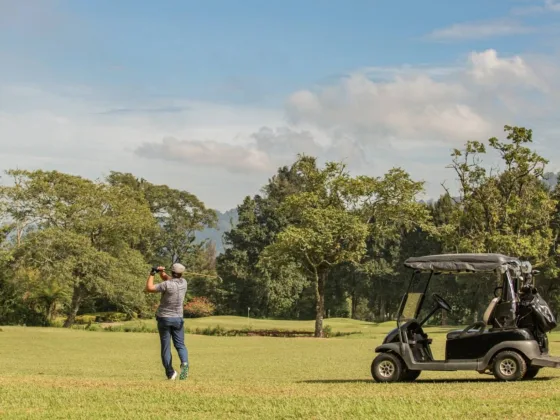Table of Contents Show
The world is rich with architectural marvels, from the Neo-Gothic spires of European cathedrals to the sleek modernity of East Asian skyscrapers.
Take, for instance, Manchester, renowned not only for its educational institutions like the Manchester School of Architecture but also for its unique array of 19th and early 20th-century architectural styles. Want to take jaw-dropping photos of buildings like these that look like they belong in architectural magazines?
The world is full of amazing architectural wonders just waiting to be photographed. But it takes more than just pointing a camera at your subject to do them justice.
Architectural photography is an art in itself. Mastering it requires specialized skills and techniques to showcase buildings at their very best. With the right artistic eye, you can transform concrete, brick, and steel into stunning works of art.
Below, we have shared eight essential tips to dramatically elevate your architectural photography skills. Read along and learn how the pros do it.
1. Shoot at the Golden Hours
The best light for architectural photography is during the golden hours – the first hour after sunrise and the last hour before sunset. The low golden sunlight casts long, dramatic shadows that emphasize form and texture. The warm light also creates visual interest.
If you’re struggling to find the perfect timing or angle, consider studying the work of a reputable property photographer in Manchester. Many experts can help you in capturing the city’s iconic structures during these hours by offering valuable insights and inspiration.
Schedule your shoot to capture both the building and the magical light at these optimal times. If you can only choose one golden hour, prioritize the morning light for front exteriors and the evening light for backlit shots.
2. Use a Wide-Angle Lens
The first step to great architectural photos is using a wide-angle lens. Wide-angle lenses allow you to fit the entire building in the frame. They also exaggerate perspectives, making buildings appear taller and more imposing.
Let’s say you’re photographing Manchester’s iconic Beetham Tower; use the wide-angle lens to capture its towering presence in the cityscape, representing a city known for its 19th and early 20th-century architectural styles.
For real estate and interior photography, a focal length between 10-20mm is ideal. This allows you to capture an entire room in one shot. For exterior shots, you may need an even wider lens, like 10mm, to photograph tall buildings. Wide-angle lenses bring out the best in architecture, so they should be your default choice.
3. Shoot from an Interesting Perspective
Don’t just take eye-level shots. To make your architectural photos stand out, shoot from unique angles and perspectives.
- Shoot upwards from ground level to make buildings look taller and more powerful.
- Get an aerial perspective by photographing out of a window or from a high viewpoint. This can make the building look small and emphasize its surroundings.
- Try a worm’s eye view up close to leading lines or textures to create an abstract composition.
- Frame the building through something in the foreground, like a fence or tree. This demonstrates size and scale.
In real estate photography, focus on showing off the most impressive architectural features in a home. Photographing from corners or through doorways highlights depth and dimensions.
4. Use Leading Lines
Leading lines draw the viewer’s eye into the photo. Architectural features like staircases, fences, pathways, and hallways make excellent leading lines. Position yourself so these lines naturally lead to the building itself.
Diagonal leading lines are especially powerful for creating depth and movement. But straight vertical and horizontal lines can also portray scale and symmetry.
Interior design elements like wall textures and patterned rugs lead the eye through a space. Use leading lines to creatively compose architectural shots.
5. Use Natural Frames
Framing refers to using foreground elements to “frame” the background subject. It demonstrates depth and scale. Natural frames like trees, arches, fences, and tunnels naturally draw the eye to the building.
When shooting exteriors, look for opportunities to frame the architecture through nature. For interiors, frame rooms using doorways, mirrors, windows, and hallways.
Also, pay attention to frames within frames, like the doors, mirrors, and windows already present in the space you’re photographing. Work these into your composition.
6. Shoot Details and Textures
Architectural style lives in the details – the ornamental flourishes, textural materials, and fine craftsmanship. Don’t just photograph the entire building. Zoom in on the most interesting details.
Capture the textures of brick, stone, wood, and metal. Photograph reliefs, moldings, door handles, and individual architectural elements. Details and textures showcase the character of the building. They also make great abstract architectural shots. Use patterns, leading lines, and lighting to make them pop.
7. Correct Distortion
Wide-angle lenses may distort vertical lines and exaggerate perspectives. This is fine when exaggerating the height of tall buildings. But for real estate and interior shots, you want straight verticals and proper proportions.
In post-processing, correct distortion using the transform tools in Lightroom or Photoshop. The perspective correction tool straightens vertical and horizontal lines.
Lens profile corrections built into software also reduce distortion and vignetting caused by wide-angle lenses. For instance, when shooting the modern buildings of Spinningfields in Manchester, it’s crucial to ensure that the sleek and straight lines of the structures remain undistorted.
8. Focus Stack for Maximum Sharpness
For professional architectural shots, focus stacking ensures everything is tack sharp from foreground to background. This requires taking multiple exposures focused at different distances.
Use an aperture like f/8 or f/11 for maximum depth of field. Take shots focused on the foreground, midground, and background. The ornate carvings on structures like the Manchester Cathedral or the modern textures of the National Football Museum are perfect subjects to showcase the benefits of focus stacking. Then, blend them together in focus stacking software.
The result is an image completely in focus with incredible detail. It’s extra work, but focus stacking takes architectural photography to the next level.
Conclusion
With the right gear, techniques, and artistic eye, you can capture stunning architectural photographs. Wide-angle lenses, unique perspectives, optimal lighting, leading lines, framing, and focus stacking help showcase buildings at their best.
Pay attention to both overall form and intricate architectural details. Architectural photography is a rewarding genre that allows limitless creativity. Use these tips to guide your composition and develop your own style over time.









